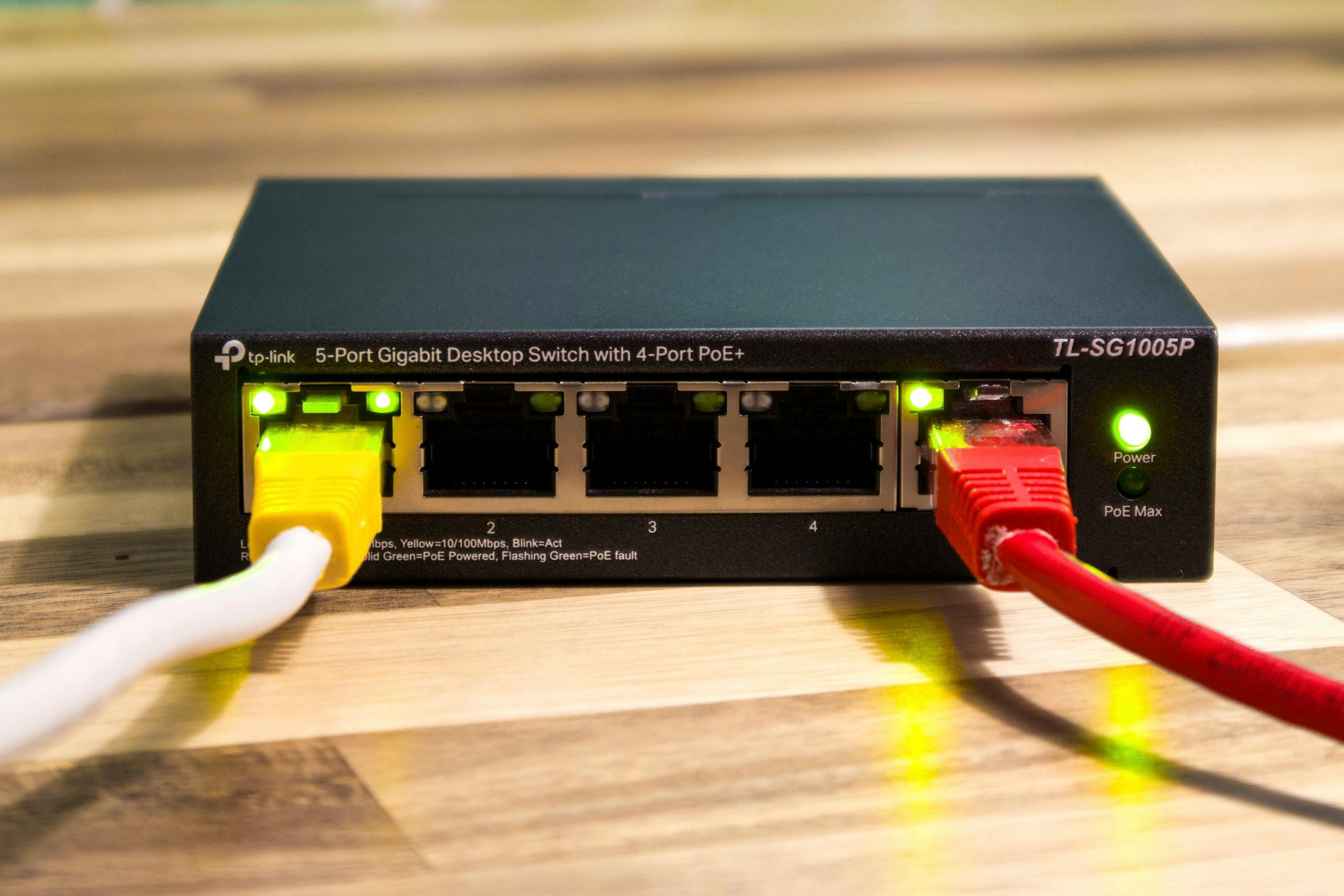Enhancing WiFi Connectivity Using a Travel Router as a Permanent WiFi Extender via Ethernet
In regions where internet infrastructure may be limited or slower than desired, optimizing WiFi connectivity can significantly improve daily online activities. One innovative solution involves repurposing a travel router to serve as a long-term WiFi booster, leveraging Ethernet connectivity to stabilize and extend network coverage. This approach transforms a device typically designed for portability into a reliable, fixed-position network extender.
Understanding the Concept
Travel routers are compact, versatile devices intended for temporary setups during travel. They often support multiple operating modes, including acting as an access point or WiFi extender. By connecting a computer to a travel router via Ethernet cable, you can create a stable, high-quality network connection. The key is positioning the travel router close to the main WiFi source but connecting the computer to the router at a different location, where a wired connection isn’t feasible directly to the main router.
This setup involves configuring the travel router to connect to the primary WiFi network and then providing a wired Ethernet port for a connected device. Effectively, the travel router acts as a dedicated WiFi repeater/extender with a wired output for your computer, ensuring a more reliable and faster connection than relying solely on standard WiFi.
Feasibility and Effectiveness
-
Will this work?
Yes, in most cases. Travel routers are capable of functioning as wireless repeaters or access points, which allows them to connect to an existing WiFi network and create a local wired or wireless network. When configured correctly—setting the travel router in client mode to connect to the main WiFi and enabling its Ethernet port as an access point—this setup can significantly improve the stability and speed for connected devices. -
Configuration tips:
- Ensure the travel router supports client or repeater mode.
- Set the router to connect to your network as a client.
- Connect your computer via Ethernet to the travel router’s LAN port.
- Adjust DHCP settings accordingly, so the computer receives an IP address compatible with your network.
Longevity and Usage Considerations
A common concern when using travel-specific devices in a fixed setup is their durability and reliability over extended periods. Travel routers are designed for portability and intermittent use, which may raise questions about their adequacy for continuous operation.
- Potential issues:
- Thermal management: Travel routers may lack advanced cooling features, so prolonged operation could lead to
Share this content:



